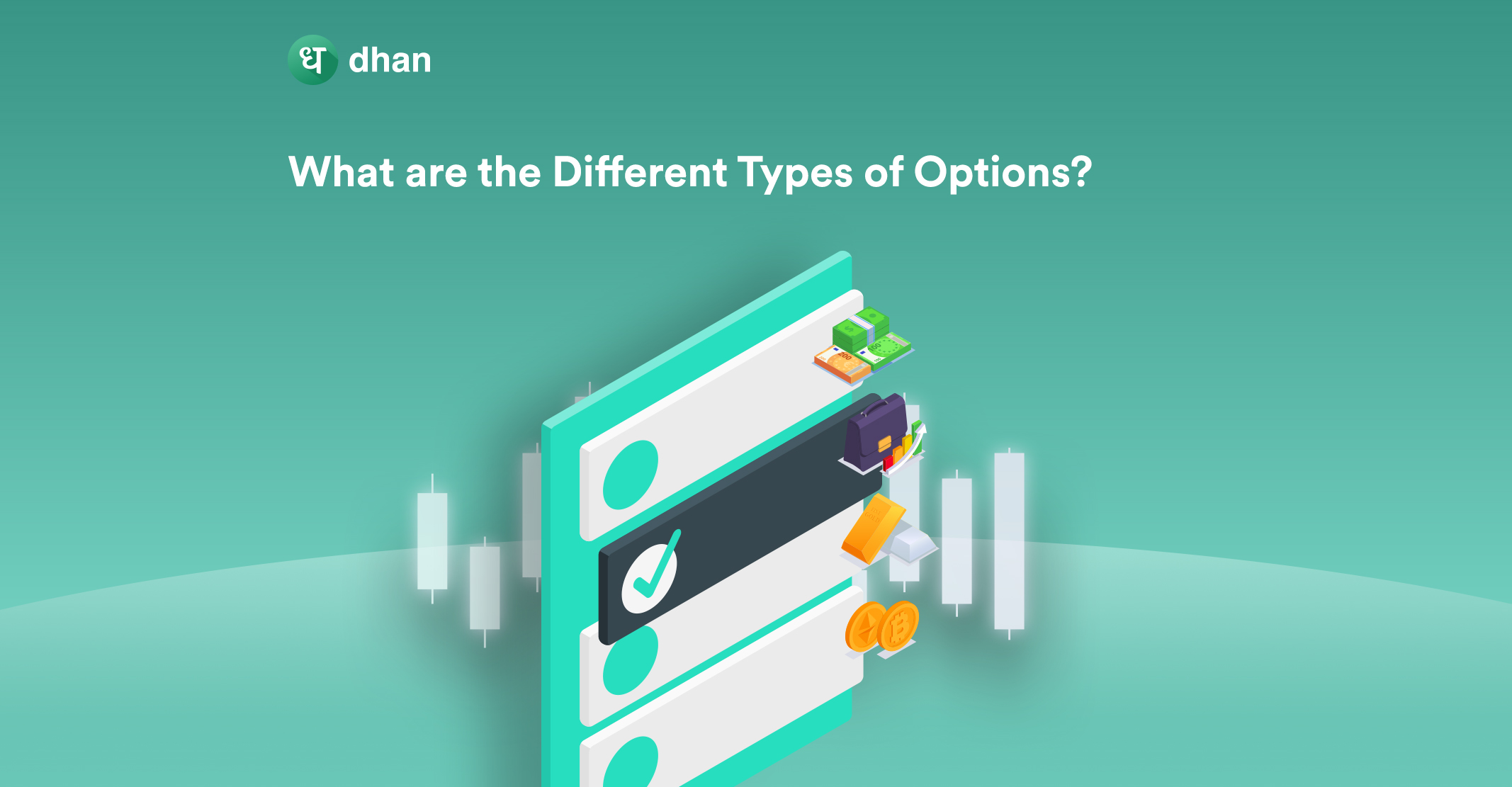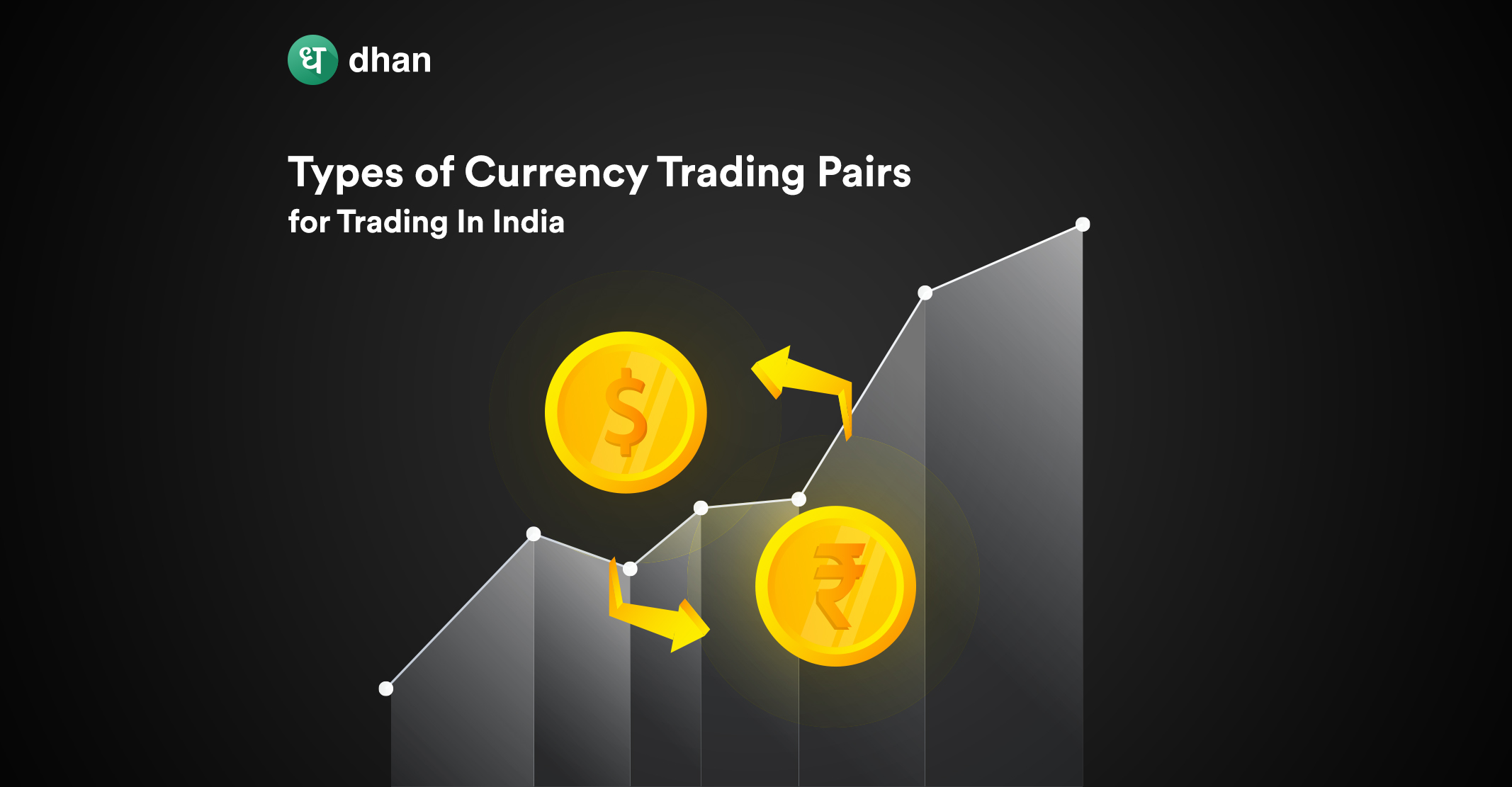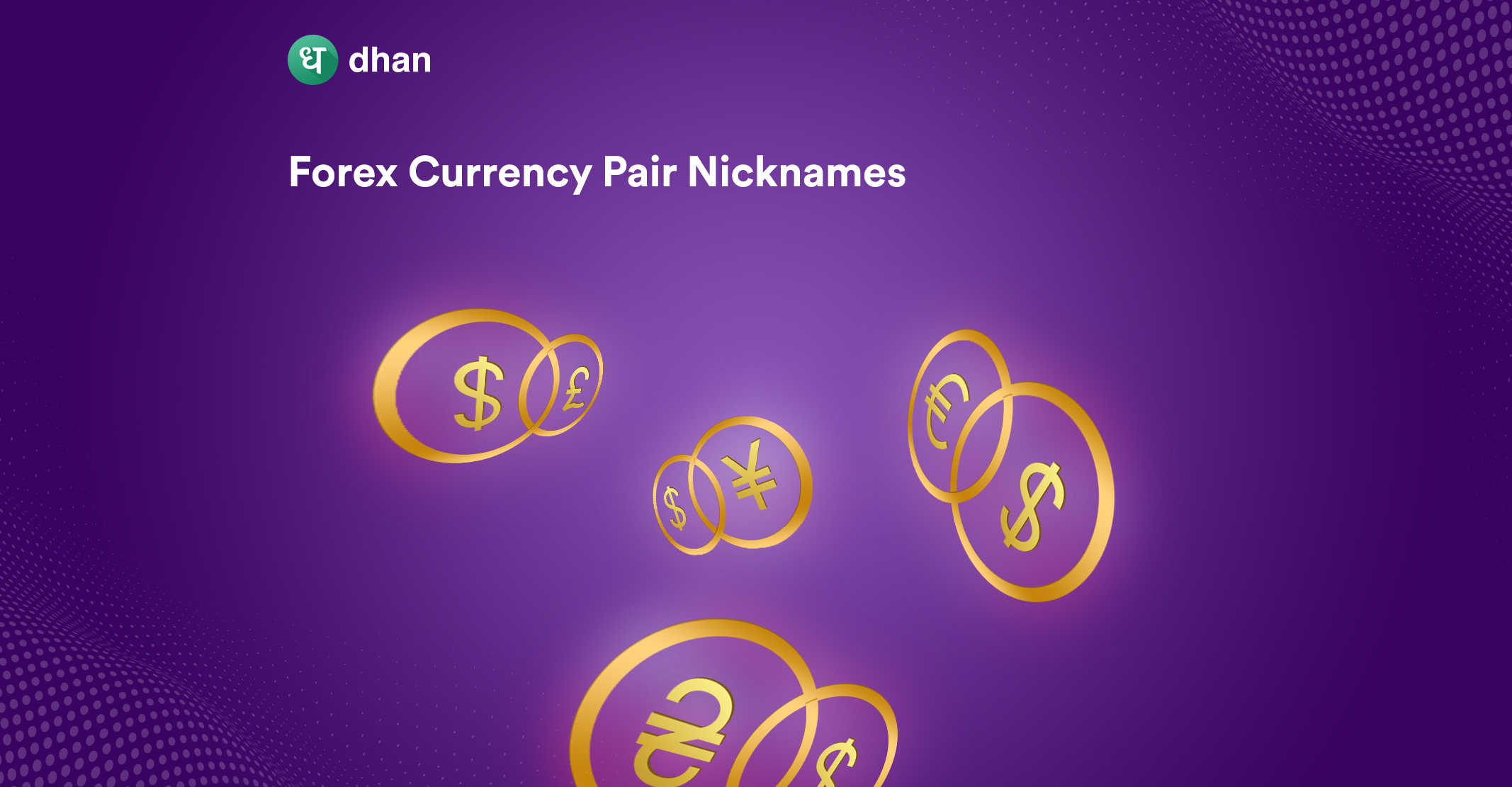There were 27.09 crore contracts traded on the NSE’s options market in 2021. But not all of these were the same options contracts. Curious? Read on to find out the type of options you can trade in India.
Types of Options in Trading
An option is a derivative contract that derives its value from an underlying asset like stocks. Moreover, it gives the contract holder the right (but not obligation) to buy or sell the underlying security at a specific date and price.
The options contract will be valid until expiry (specific date) and the underlying securities can be bought or sold at the strike price. Of course, the quantity of the underlying securities bought or sold is also mentioned.
Typically, there are two types of options that can be traded in India called “calls” and “puts”. Here is an explanation of what a call option and put option are and how each option works in real life.
1. Call Option
In simple terms, a call option is a buy option. A trader who buys a call option obtains the right to purchase the underlying securities at a strike price on or before the expiration date.
The trader may have multiple reasons for buying a call option. But the most common reason is that they may expect the price of the underlying securities to rise. Calls can be purchased by paying a premium.
The payoff on a call option can be calculated by adding the premium and strike price and then subtracting the amount from the current market price of the underlying asset.
Here’s a fun fact. A trader can buy a call option or even sell it. The former is known as going long on a call option while the latter is known as going short on a call option.
Traders who go short on a call option do so expecting the underlying asset’s price to fall. We’ll get to how this complicated piece of information works in this section.
2. Put Option
A put option is nothing but a sell option. It is simply the opposite of a long call option. When a trader buys a put option, they obtain the right (but not obligation) to sell the underlying security at a strike price on or before expiry.
A trader who purchases a put option does so to manage risk and hedge against surging price movements. That’s because a put option is known to become lucrative if the price of the underlying security falls.
If the underlying security gains value, then put options tend to lose value. The reason behind this is the strike price or the price at which the put contract can be executed.
If the strike price of a put option is below the spot price, there’s no point in exercising the contract – the trader won’t make any profit. Put options can be bought or sold based on the type of options trading strategy one follows.
Shorting a put option is done when a trader believes the price of the underlying security will rise. More on this here.
Top 4 Ways to Use Options in Trading
You’ve more or less understood what a call option and put option means. But there was a complex aspect in each type of option that we briefly touched upon. In fact, both involved shorting calls or puts.
Shorting or short selling is nothing but selling something you don’t have but buying it back later for a much more favorable price. You’ll now understand how this ties into options trading later on in this section.
First up, let’s discuss the straightforward ways of trading calls and puts.
1. Buy Call Option
Buying a call option means obtaining the right (but not obligation) to buy the underlying security in the contract. A call option is known to be profitable when the strike price is below the spot price.
If you’re wondering when a trader would typically buy a call option, it’s simple – when they expect the price of the underlying security to rise due to a future event, say for example an earnings call or acquisition.
The maximum amount of money that a call option buyer can lose is limited to the premium paid. The options trader will be willing to take on this loss because the profit on a call option is known to be almost unlimited.
2. Buy Put option
The idea behind buying a put option is simple – to obtain the right (but not obligation) to sell the underlying security at a favorable price. Trading a put option can be profitable only when the strike price is above the spot price.
Otherwise, the put option buyer won’t make any profits. Furthermore, the maximum amount of money that can be lost (on paper) is, just like buying a call option, limited to the premium.
That said, a trader who buys a put also has a cap on the amount of money they can earn by exercising the option. After all, the price of a stock doesn’t often go to Rs. 0.
3. Sell Call Option
A trader who sells a call option is banking on the price of the underlying asset to drop, so much so that the buyer of the call option won’t exercise the contract even after paying a premium for it.
In such a situation, the trader selling the call option keeps the premium. But the potential for loss in such an options trading strategy is significantly high because the trader doesn’t have stocks to sell – they’re short on the stock.
4. Sell Put Option
When a trader sells a put option, they essentially agree to buy the underlying asset at a specific price and date. The goal of selling a put option is to collect premiums hoping that the price of the underlying asset will rise, in which case the buyer won’t exercise the option.
Types of Underlying Securities in Options Trading
The types of options we’ve discussed so far derive their value from underlying securities. A security is a fancy term for stocks, bonds, commodities, and other financial instruments that have a monetary value.
In India, these are the underlying securities that are a part of calls and puts:
- Stocks like TCS, ICICI Bank, Wipro, and others
- Commodities like coffee, cotton, wheat, and others
- Currency pairs like USDINR, EURINR, USDJPY, and others
- Indexes like Nifty 50, Nifty Bank, Finnifty, and others
- Basket of multiple securities
These underlying assets and their prices are perhaps the most important aspect of any options contract. The spot price of these assets determines the profit or loss that a trader may end up with.
What are the Two Different Styles of Options?
The price of an option isn’t the sole component of the contract – the expiration date also plays a vital role. The closer an option is to expiration, the more it is known to lose value.
The expiration date is also a metric based on which a trader may or may not exercise either of the two types of options. This is where it gets interesting.
A call and put option can be traded in an American style or European style. Here’s what each style means:
- American style options trading: calls and puts can be exercised on or before the expiration date
- European style options trading: calls and puts can only be exercised on the expiration date
Do you know which style of options trading is allowed in India? Check out the conclusion for the answer.
Read 👉 A Guide to Forex Trading in India
Where are Different Types of Options Traded?
There are two places where call put options can be traded. The first is an exchange like NSE, BSE, MCX, etc. while the other is Over The Counter (OTC). An exchange offers safety & transparency due to various laws and regulations.
An OTC, on the other hand, is known to be a risky place riddled with liquidity and volatility issues. That said, OTC markets are gated, meaning they’re not open to everyone.
Furthermore, the types of options traded in OTC markets are far more complicated in terms of the terms and conditions than regular calls and puts traded on an exchange.
Read 👉 Can You Become a Better Trader by Understanding Commodities?
Conclusion
The two types of options that are traded in India and across the world are calls and puts. A call is a “buy” option while a put is a “sell option”. That said, call and put options can be sold through a method known as “going short”.
Calls and puts have underlying assets like stocks, commodities, currencies, indexes, and more whose spot price and expiration date play a pivotal role in determining the value of the options contract.
These options contracts can be traded on an exchange or over the counter. Oh, the answer to this question is: European style options!
FAQs
Q. What are two types of options?
Options are split into calls and puts. A call option allows you to obtain the right (not obligation) to buy the underlying asset at a future date and pre-agreed price. This is useful for hedgers (businesses and merchants) as well as speculators who want to make short-term profits. A put option that allows you to obtain the right (but not obligation) to sell the underlying asset at a future price and date.
Q. What is the most common type of option?
Calls and puts are common options that hedgers and speculators buy and sell in the derivatives market. These common options are also known as traditional or vanilla options.
Here’s an expert talking about options trading strategies on the Dhan Podcast!
Disclaimer: This blog is not to be construed as investment advice. Trading and investing in the securities market carries risk. Please do your own due diligence or consult a trained financial professional before investing.



